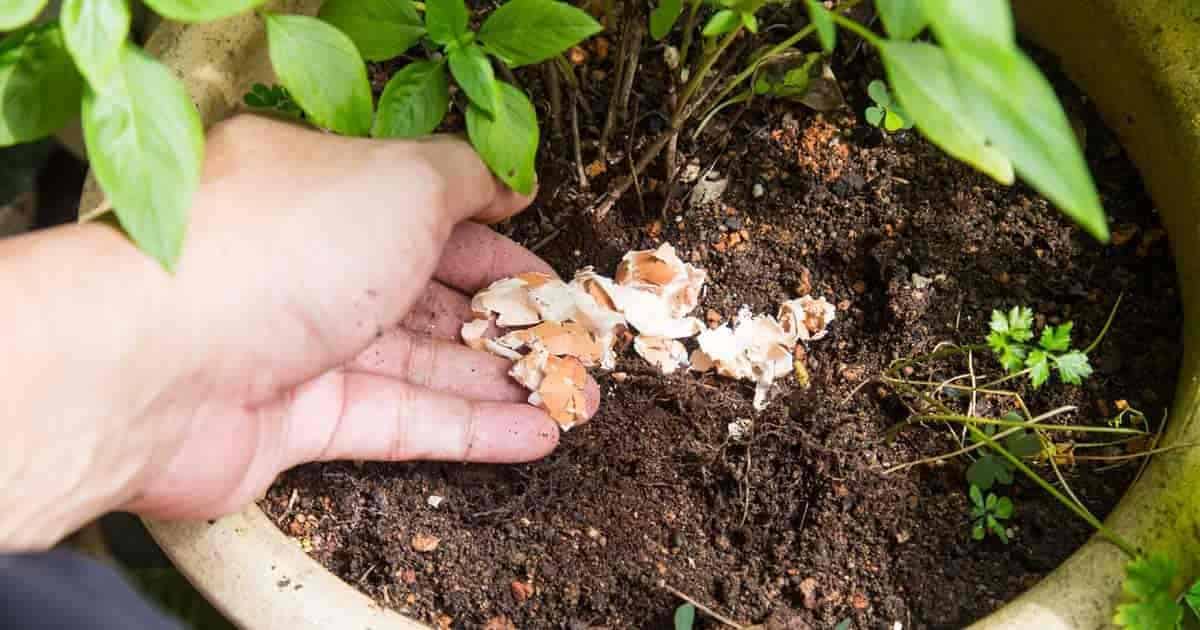Like humans, plants need calcium to survive. In addition to nitrogen, phosphorus, and potassium, the three major elements, calcium (Ca) is a very important middle element.
The Physiological Role of Calcium
Calcium has a variety of physiological functions in crops, such as stabilizing cell membranes and cell walls and promoting the growth of cells and roots. Calcium can promote photosynthesis in plants and improve the absorption and transportation of other nutrients. This is why calcium deficiency often leads to deficiencies of other nutrients as well.
Calcium strengthens the cell wall structure of plants, including stems, leaves, and roots. This increases the robustness of the plants and benefits their overall health, increasing resistance to pests and diseases.

Calcium also regulates the action of the plant hormones responsible for the plant’s germination and growth and stimulates the segregation of the enzymes that protect your cannabis plants from abrupt temperature changes (known as thermal stress).
Effects of Calcium Deficiency
- The top new leaves grow slowly, and the leaves curl, twist and die. Young shoots may turn yellow or purple.
- Plant roots are damaged and susceptible to root rot and other pathogens. Nutrient uptake is reduced, overall plant growth is slow and stunted, and plants lose their luster.
- Brown spots appeared on the middle leaves, and all of them turned yellow and necrotic in the later stage.
- The branches become brittle and easy to break. Stems may be hollow and rot inside.
- The flower buds are poorly developed, and the flower buds are deformed and twisted.
When plants are found to be deficient in calcium, remedial measures need to be taken. First, check whether the pH of the soil is between 6.2-7.0 (6.2-6.5 for the hydroponic system). An unsuitable pH value will affect the absorption of calcium by the root system. Second, add an appropriate amount of calcium-containing fertilizer to supplement calcium.

Effects of Excessive Calcium
The most obvious symptom of excess calcium absorbed by plants is leaf burn. Cannabis plants react to excess calcium and try to expel it from the leaf tips, causing the tips to die, and eventually, the entire leaf will turn yellow or brown.
Excess calcium causes no serious symptoms other than leaf burn. However, too much calcium in a cannabis plant can actually block the plant’s uptake of several nutrients, including potassium, magnesium, manganese, and iron, and the only way to fix this problem is to address the calcium problem in the first place.
Once it is determined that the calcium content of the cannabis plant is too high, it needs to be rinsed with purified water with pH adjustment to remove excess minerals. Do not fertilize for a week, and reduce the application of calcium-containing fertilizers thereafter. Another point is to check your water quality regularly. When the EC value in tap water is high, you need to reduce the amount of calcium applied or use RO water instead.
How Do I Add Calcium to My Tree?
The main methods to supplement calcium for fruit trees include foliar application of calcium solutions and applying calcium soil amendments.
Foliar application is one of the most effective ways to supplement calcium, especially during the early stages of fruit development when the demand for calcium is high. Research has shown that through foliar application, 50-70% of the calcium can be directly delivered to the fruit. The application typically starts in early June and is repeated every 10-14 days until late August. Calcium chloride is an economical and effective material for application, requiring 5-15 pounds of actual calcium per acre per season, split into 6-12 applications. In the early stages, liquid calcium products that can be mixed with other pesticides can be used, later switching to calcium chloride. The concentration and frequency of application can be adjusted based on the expected level of bitter pit control and potential storage benefits.
Another method to supplement calcium is by applying calcium soil amendments to provide available calcium for the tree roots and maintain appropriate calcium levels in the soil. Gypsum (calcium sulfate) is an excellent source of readily available calcium without affecting soil pH. If soil tests show calcium and magnesium deficiencies, dolomitic lime (calcium/magnesium carbonate) can be used to supplement both elements simultaneously. Although oyster shells can also provide calcium, prolonged use may raise soil pH over time.
In addition to direct calcium supplementation, effective calcium absorption and distribution within the tree also relies on various cultural practices. Ensuring adequate soil moisture, especially during fruit development, by providing sufficient irrigation. Maintaining balanced soil nutrients and pH within the range suitable for calcium availability. Implementing practices that promote root growth using products. Reasonably controlling crop load to avoid excessive calcium demand beyond the root system’s supply capacity. By integrating foliar application, soil amendments, and optimized management, fruit growers can effectively ensure that trees receive sufficient calcium nutrition, produce high-quality fruit, and minimize calcium deficiency disorders such as bitter pit to the greatest extent.
As always if you have any questions you can message our Instagram or Facebook and we’ll be glad to help you out! We’re happy you’re on this journey and we want to help in any way we can.
Subscribe to the Vivosun newsletter for growing tips, grower stories, and special offers, and get 12% off your first order!
We love the new Vivosun Smart Grow System and we are certain that you too will love it once you try it.
And join our Facebook farmer’s community for even more exclusive contests and prizes!
Download Vivosun App to get 15% off and explore more information!






